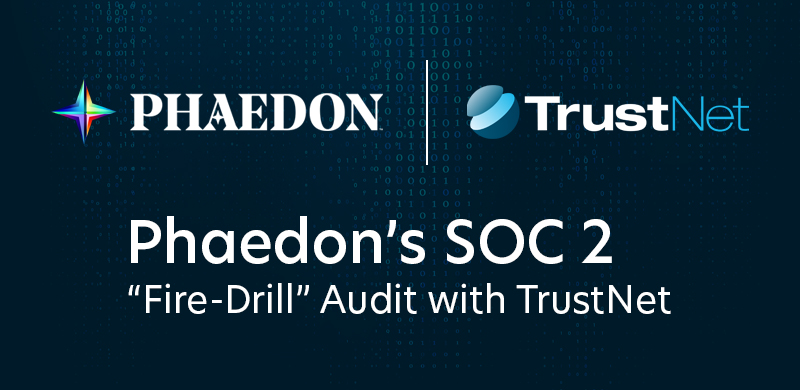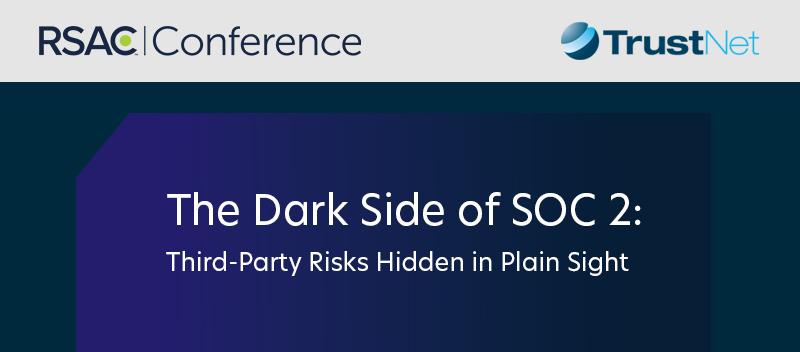How Long Does It Take to Get HITRUST Certified?

In 1996, the increasingly dangerous information security landscape made it necessary to enact strict measures to protect the storage and transmission of sensitive patient data. To that end, the Health Insurance Portability and Accountability Act (HIPAA) was passed to establish guidelines for all healthcare providers in the areas of data security, log collection, and management review, the process by which organizational leadership ensures that controls are functioning as intended and effectively safeguarding Protected Health Information (PHI).
In today’s constantly evolving cybersecurity milieu, these priorities have expanded to include any entity that handles or exchanges data, including finance and insurance firms, which should also take these steps to protect the information they manage. In spite of the stiff fines that have been put in place to discourage noncompliance, many providers are still presenting an environment with insufficient security controls. The Health Information Trust Alliance (HITRUST) offers organizations a consistent, standardized way to better manage these security requirements.
The Basics of HITRUST
The HITRUST Common Security Framework (CSF) was developed in 2018 by a consortium of security, IT, and healthcare experts. Consequently, organizations now have an actionable yardstick that they can employ to evaluate their own compliance and demonstrate it to their customers. The standards contained in the HITRUST CSF function as guidelines that help organizations in assessing the systems that provide for data creation, storage, and transmission.
Furthermore, the framework allows for the assessment of the security controls that protect these environments. Finally, it gives providers insights into the security risks and vulnerabilities that pose threats to the confidentiality, security, and integrity of this crucial data.
Need Help Navigating the HITRUST Assessment Process?
Don’t go it alone. Whether you’re preparing for a self-assessment or gearing up for a validated review, our compliance experts can guide you through every step.
Benefits of HITRUST Certification
While the auditing process is quite time-consuming and arduous, the advantages of HITRUST certification are undeniable. They include the following:
-
- Supports compliance across multiple frameworks: It allows organizations to leverage HITRUST audit findings to meet regulatory requirements such as PCI DSS, NIST, and HIPAA cost-effectively.
- Scales with business growth: Flexible enough to adapt to an organization’s evolving security and compliance needs over time.
- Strengthens brand credibility: Demonstrates a proactive approach to cybersecurity, with customizable and continuously evolving controls that protect systems from threats like hacking.
As you’ll soon see, achieving HITRUST CSF certification is neither quick nor simple. But with benefits like these, many organizations ultimately decide it’s well worth the effort.
How to Conduct a HITRUST Assessment
Before you begin your HITRUST assessment, it’s essential to understand the breadth of requirements you’ll be evaluated against. HITRUST CSF is built around a comprehensive framework of 19 control domains, each encompassing specific controls that span organizational, technical, and procedural safeguards.
Here are the 19 official control domains defined by HITRUST CSF (version 11):
-
- Information Protection Program
- Endpoint Protection
- Portable Media Security
- Mobile Device Security
- Configuration Management
- Vulnerability Management
- Network Protection
- Transmission Protection
- Password Management
- Access Control
- Audit Logging & Monitoring
- Education, Training & Awareness
- Third Party Assurance
- Incident Management
- Business Continuity & Disaster Recovery
- Risk Management
- Physical & Environmental Security
- Data Protection & Privacy
Each of these domains includes detailed requirements that your organization must address, with control implementation levels based on your chosen assessment scope and risk profile.
For example, Business Continuity & Disaster Recovery goes beyond strategy; it also encompasses risk assessment, annual testing, plan maintenance, and business impact analysis. Similarly, Physical & Environmental Security covers not only physical access controls but also HVAC systems, fire suppression, and power backup necessary for operational resilience.
Understanding and mapping these domains early in your assessment preparation will help you identify gaps, assign responsibilities, and allocate resources effectively.
What is a HITRUST Self-Assessment?
You can think of a HITRUST self-assessment as a dry run of the actual audit. The good news is that you are allowed to use all of the same tools, requirements, and methods as the auditor eventually will, but with the additional ability to correct flaws or insufficiencies on your own without penalty. The self-assessment process contains the following general steps:
-
- Define the scope of the assessment, assigning a project coordinator to spearhead all elements of the project. This should be someone with a high level of authority who is competent in the organization, interviewing staff, gathering documents, and delegating tasks appropriately.
- Articulate your company’s scope. This should include its structure, the industry regulations controlling it, and its physical facilities, particularly those related to data.
- Define the systems to be assessed.
- Evaluate your security practices and documentation for compliance based on the HITRUST security controls through inspection, observation, analysis, and review.
- Interview stakeholders to understand how security controls are implemented and if they are working effectively.
- Test systems for vulnerabilities using penetration testing, vulnerability scans, and configuration setting validation.
- Thoroughly document your findings, with special emphasis on weaknesses and areas of noncompliance.
- Report your findings. Include all areas of non-compliance as well as tangible strategies to mitigate each.
- Submit your validated assessment report, prepared with the help of an authorized HITRUST External Assessor, along with evidence of control maturity across all applicable requirements as determined by HITRUST’s risk-based scoping methodology. HITRUST will conduct a thorough quality assurance review, not just a limited validation, to ensure consistency and accuracy in scoring and documentation.
- The entire process, from submission to receiving results, typically takes two to eight weeks, depending on the complexity of the assessment and any necessary follow-up.
In addition, you are required to submit the report to executive management for their review and response. Based on these findings, management will make recommendations as to how your team will mitigate the identified risks.
- Produce a corrective action plan (CAP) for mitigating the cited issues. Emphasis is placed on cost-effectiveness, efficiency, and measurable outcomes, particularly in the areas of the highest priority.
Of course, management will also seek to reduce or eliminate any practices that are unproductive, dangerous, or inefficient.
What is a CSF Validated Assessment?
After completing the self-assessment, reporting its findings, and implementing remediation measures, your company will undergo the CSF Validated Assessment. Conducted by an approved CSF assessor, it mirrors the procedure you already went through on your own and is scored using a complex maturity approach to control implementation. If your controls meet or exceed the current CSF requirements, you will receive a report indicating that you have attained HITRUST CSF validation. Depending on your organizational scope, this process may take anywhere from six to eight weeks, perhaps even longer.
What is CSF Certification?
Once validation is complete and your information is submitted to HITRUST, you enter the lengthiest part of the assessment. For the next few months or even one to two years, HITRUST will scrutinize every aspect of your report to ensure that you comply with each and every regulation and have provided all necessary forms of documentation. In due course of time, you will receive word from the HITRUST Alliance as to whether you have been granted that most sought-after honors: HITRUST CSF Certification.
As you well know, the security landscape is constantly changing. Therefore, even the most rigorous certification must be updated regularly. In the case of the HITRUST CSF, you are required to conduct an annual audit to demonstrate that your practices and controls are in sync with the latest changes in IT security. This process is much less time-consuming than the initial audit, which can take anywhere from one to three years to complete.
By contrast, your yearly assessment should be completed in one or two months. Safeguarding patient and customer data is one of the most important responsibilities with which any company can be charged.
Fortunately, the HITRUST CSF is there to guide you through every step of this complex process. Expensive and time-consuming as it undeniably is, this tool enables both you and the people and entities you serve to have the peace of mind that can only come when you know that the information you hold is safe.
Ready to elevate your organization’s security and compliance posture with HITRUST CSF? Talk to an Expert today.
Subscribe to the TrustNet Newsletter
actionable cybersecurity strategies, and TrustNet’s cutting-edge solutions.




